Home>Technology>Smart Home Devices>What Is A Plotter Printer
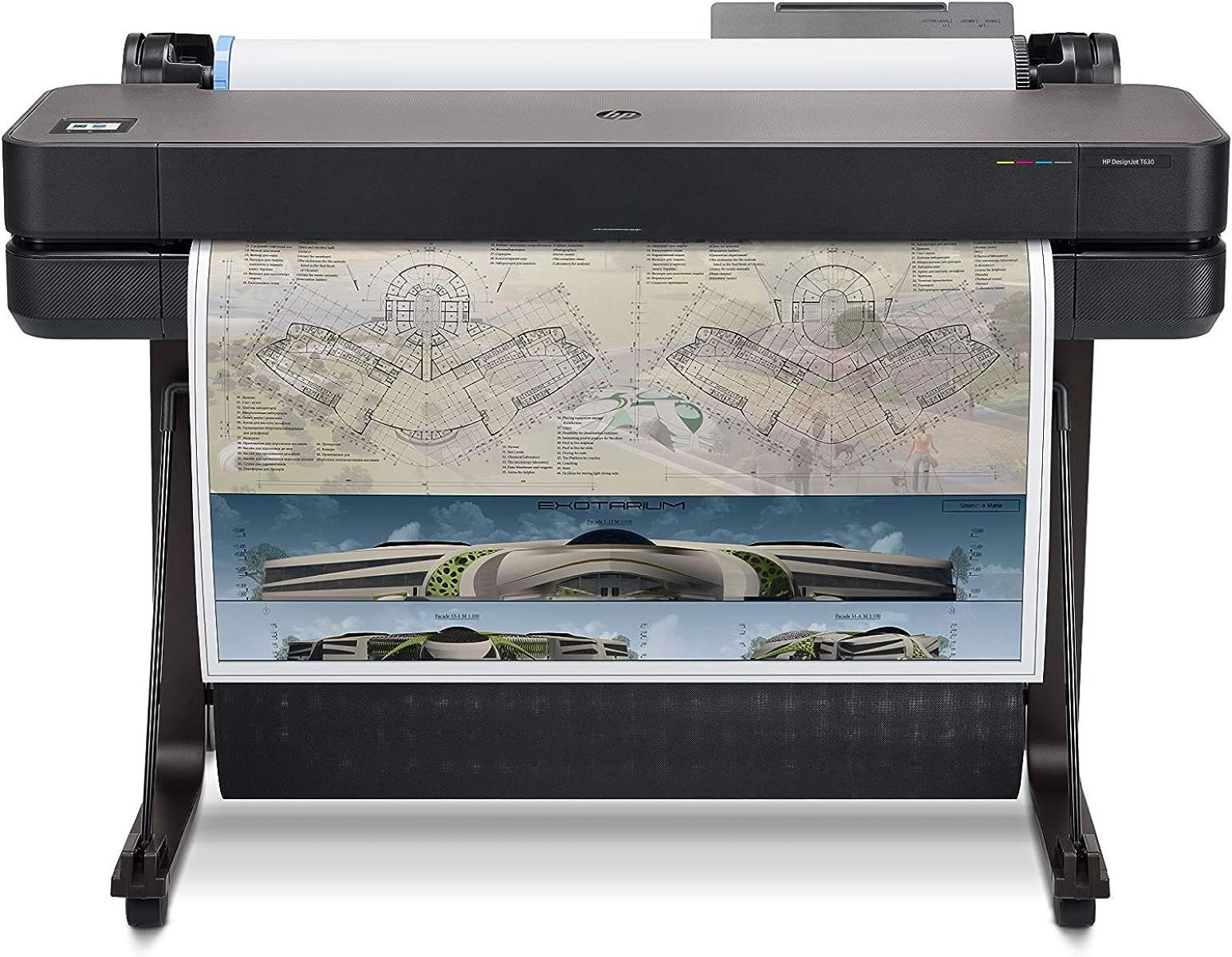

Smart Home Devices
What Is A Plotter Printer
Modified: January 25, 2024
Learn about plotter printers and how they can enhance your smart home devices. Discover the benefits and uses of plotter printers for your smart home setup.
(Many of the links in this article redirect to a specific reviewed product. Your purchase of these products through affiliate links helps to generate commission for Storables.com, at no extra cost. Learn more)
Introduction
Welcome to the world of plotter printers! In today’s digital age, printing has evolved far beyond the traditional inkjet and laser printers. Plotter printers represent a specialized breed of printing devices that cater to a diverse range of industries and creative endeavors. Whether you’re a graphic designer, architect, engineer, or hobbyist, plotter printers offer unique capabilities that set them apart from conventional printers. In this article, we’ll delve into the fascinating realm of plotter printers, exploring their definition, functionality, types, applications, and the pros and cons they bring to the table.
So, buckle up and get ready to embark on an illuminating journey through the world of plotter printers. By the end of this article, you’ll have a comprehensive understanding of these remarkable devices and how they can revolutionize the way you bring your ideas to life.
Key Takeaways:
- Plotter printers are specialized devices that create large, detailed prints with precision, ideal for architects, designers, and engineers. They offer high-quality, large-format capabilities but may require more space and maintenance.
- Plotter printers bridge creativity and technical precision, empowering professionals to bring their ideas to life on a grand scale. They find applications in architecture, graphic design, cartography, and fashion, offering unique advantages and considerations for specialized printing needs.
Read more: How To Use Plotter Printer
Definition of a Plotter Printer
A plotter printer is a specialized output device that is designed to produce high-quality, large-format prints with exceptional precision and detail. Unlike traditional printers that use toner or ink to produce images and text on paper, plotter printers employ a pen, pencil, marker, or other drawing implement to create intricate designs, technical drawings, architectural plans, and other visuals on a variety of media, including paper, vinyl, fabric, and more.
One of the defining characteristics of plotter printers is their ability to handle large paper sizes, making them ideal for producing posters, banners, blueprints, and other oversized prints. These printers are commonly used in industries such as architecture, engineering, cartography, fashion design, and sign making, where the demand for precise, detailed, and large-scale output is paramount.
Plotter printers come in various configurations, including flatbed plotters, drum plotters, and inkjet plotters, each offering unique features tailored to specific applications. The versatility and precision of plotter printers make them indispensable tools for professionals and enthusiasts who require exceptional print quality and the ability to work with expansive media sizes.
With their ability to translate digital designs into tangible, large-scale outputs, plotter printers play a crucial role in bringing creativity and technical precision together in a single device. In the following sections, we’ll explore the inner workings of plotter printers, the different types available, and their wide-ranging applications across various industries.
How a Plotter Printer Works
Plotter printers operate on a fundamentally different principle than traditional inkjet or laser printers. Instead of depositing ink or toner onto paper to create images and text, plotter printers use a drawing implement, such as a pen or marker, to physically draw lines and shapes on the printing medium. This process enables plotter printers to achieve unparalleled precision and detail, making them indispensable for applications that demand high-quality, large-format prints.
When a print job is initiated on a plotter printer, the device receives digital instructions from a computer or other input source. These instructions specify the coordinates, line weights, and other parameters required to render the desired image or design. The plotter printer then translates these digital commands into physical movements of the drawing implement across the printing medium, meticulously creating the intended output with remarkable accuracy.
Depending on the type of plotter printer, the drawing implement may move horizontally, vertically, or both, guided by intricate mechanisms that ensure precise positioning and controlled movement. Inkjet plotters, for example, utilize a printhead that moves back and forth across the paper, depositing ink in a manner that simulates the drawing process. On the other hand, pen plotters employ a pen or marker mounted on a carriage, which traverses the paper surface to produce the desired designs.
Plotter printers excel at producing intricate technical drawings, architectural plans, schematics, maps, and other visuals that demand meticulous attention to detail and accuracy. Their ability to handle large paper sizes and deliver precise, hand-drawn aesthetics sets them apart from traditional printers, making them indispensable tools for professionals in fields such as architecture, engineering, graphic design, and cartography.
As we delve deeper into the realm of plotter printers, we’ll explore the diverse types of devices available, their applications across various industries, and the advantages they offer over conventional printing technologies. The next section will shed light on the different types of plotter printers and their unique capabilities, providing insight into the specialized features that cater to specific printing needs.
Types of Plotter Printers
Plotter printers come in several distinct configurations, each tailored to specific applications and printing requirements. Understanding the different types of plotter printers is essential for selecting the most suitable device for a particular task. Here are the primary types of plotter printers:
- Inkjet Plotters: Inkjet plotters utilize ink cartridges to produce high-resolution prints on various media types, including paper, photo paper, canvas, and more. These printers are capable of rendering vibrant colors and detailed graphics, making them ideal for applications such as graphic design, photography, and fine art reproduction. Inkjet plotters are renowned for their ability to deliver stunning, gallery-quality prints with exceptional color accuracy and precision.
- Laser Plotters: Laser plotters employ advanced laser technology to create crisp, precise prints on a variety of materials. These printers are commonly used in engineering, architecture, and manufacturing environments to produce technical drawings, schematics, and plans with exceptional clarity and detail. Laser plotters are renowned for their speed, efficiency, and the ability to handle complex line work and intricate patterns with ease.
- Flatbed Plotters: Flatbed plotters feature a stationary flat surface on which the printing medium is placed. The print head moves horizontally and vertically across the surface, allowing for precise and consistent printing on rigid materials such as foam board, wood, acrylic, and other substrates. Flatbed plotters are widely used for creating signage, displays, architectural models, and other large-format prints that require a sturdy and level printing surface.
- Drum Plotters: Drum plotters utilize a cylindrical drum as the printing surface, with the paper or other media wrapped around the drum during the printing process. The print head moves along the length of the drum, depositing ink or toner to create detailed prints with exceptional accuracy. Drum plotters are well-suited for applications that demand precise, continuous printing on long rolls of media, such as maps, blueprints, and banners.
Each type of plotter printer offers unique capabilities and advantages, catering to specific printing needs across diverse industries. Whether you require high-resolution color prints, precise technical drawings, or large-format output on rigid materials, there’s a plotter printer designed to meet your exacting requirements. In the following section, we’ll explore the wide-ranging applications of plotter printers and the pivotal role they play in various professional and creative endeavors.
Applications of Plotter Printers
Plotter printers find extensive applications across a diverse array of industries and creative disciplines, owing to their ability to produce high-quality, large-format prints with exceptional precision and detail. Here are some prominent applications of plotter printers:
- Architecture and Engineering: Plotter printers are indispensable tools for architects, engineers, and construction professionals, enabling them to produce detailed blueprints, floor plans, construction drawings, and structural designs with unparalleled precision. These printers are crucial for visualizing and communicating complex architectural and engineering concepts, facilitating the creation of accurate and detailed documentation for construction projects.
- Graphic Design and Fine Art: In the realm of graphic design and fine art, plotter printers are utilized to create large-format posters, exhibition graphics, canvas prints, and other visual artworks with stunning color accuracy and detail. Artists and designers rely on plotter printers to bring their creative visions to life on a grand scale, showcasing intricate details and vibrant hues in gallery-quality prints.
- Cartography and GIS: Plotter printers play a vital role in the field of cartography and geographic information systems (GIS), where they are used to produce detailed maps, topographic charts, and spatial visualizations. These printers enable cartographers and GIS professionals to render geographic data with exceptional clarity and precision, supporting diverse applications in urban planning, environmental analysis, and resource management.
- Signage and Advertising: The production of large-scale signage, banners, and promotional materials is a primary application of plotter printers in the advertising and marketing industry. These printers are employed to create eye-catching displays, vehicle wraps, billboards, and other advertising collateral, delivering vivid, attention-grabbing visuals that command audience engagement.
- Textile and Fashion Design: In the realm of textile and fashion design, plotter printers are utilized for fabric printing, pattern creation, and garment prototyping. These printers enable designers to produce intricate textile designs, custom patterns, and apparel prototypes with precision and vibrancy, contributing to the realization of innovative fashion concepts and textile artworks.
These are just a few examples of the diverse applications of plotter printers across various industries. Whether it’s creating detailed technical drawings, producing captivating visual art, or bringing innovative designs to life, plotter printers are instrumental in transforming digital concepts into tangible, large-scale outputs. In the subsequent section, we’ll delve into the advantages and disadvantages of plotter printers, shedding light on the strengths and considerations associated with these specialized printing devices.
When choosing a plotter printer, consider the size and type of prints you need. A larger format plotter is ideal for architectural or engineering drawings, while a smaller format plotter is better for graphic design or art prints.
Read also: 14 Amazing Plotter Printer For 2024
Advantages and Disadvantages of Plotter Printers
Plotter printers offer a unique set of advantages and disadvantages compared to traditional inkjet and laser printers, catering to specific printing needs while presenting certain considerations. Let’s explore the benefits and potential drawbacks of using plotter printers:
Advantages:
- High Precision and Detail: Plotter printers excel at producing intricate designs, technical drawings, and large-format prints with exceptional precision and detail, making them ideal for applications that demand meticulous accuracy.
- Large-Format Capabilities: These printers are capable of handling oversized media sizes, enabling the production of posters, banners, blueprints, and other expansive prints that traditional printers cannot accommodate.
- Versatility in Media Handling: Plotter printers can work with a diverse range of printing materials, including paper, vinyl, fabric, canvas, and more, providing flexibility for various creative and technical applications.
- Specialized Features for Specific Applications: Different types of plotter printers offer specialized features tailored to specific industries, such as high-resolution color output for graphic design or precise line work for engineering and architecture.
- Professional-Grade Output: Plotter printers deliver professional-quality prints suitable for architectural plans, technical diagrams, artistic reproductions, and other visuals that demand exceptional print quality.
Disadvantages:
- Cost and Maintenance: Plotter printers can be more expensive to purchase and maintain compared to traditional printers, requiring specialized consumables and periodic maintenance to ensure optimal performance.
- Space and Size Requirements: Due to their large-format capabilities, plotter printers may occupy more space and have specific installation requirements, especially for flatbed and drum plotters that handle rigid or continuous media.
- Complexity of Operation: Operating and configuring plotter printers for specific print jobs may involve a learning curve, especially when optimizing settings for precise color reproduction, line weights, and other detailed parameters.
- Noisy Operation: Some plotter printers, particularly those with moving components such as carriage systems and paper handling mechanisms, can produce more noise during operation compared to traditional printers.
- Specialized Application Focus: While plotter printers excel in producing large-format and highly detailed prints, they may not be as well-suited for general-purpose printing tasks such as document and photo printing, which are better served by traditional printers.
Understanding the advantages and potential limitations of plotter printers is essential for making informed decisions when selecting printing equipment for specific tasks and applications. By weighing the unique strengths and considerations associated with plotter printers, users can leverage these specialized devices to achieve exceptional print quality and fulfill diverse printing needs.
As we wrap up our exploration of plotter printers, we’ll conclude with a summary of the insights gained and the pivotal role that these remarkable devices play in the realms of creativity, technical precision, and professional printing.
Conclusion
In conclusion, plotter printers stand as remarkable tools that bridge the realms of creativity, technical precision, and professional-grade printing. With their ability to produce high-quality, large-format prints with exceptional precision and detail, plotter printers have carved out a niche in diverse industries and creative disciplines, empowering professionals and enthusiasts to bring their ideas to life on a grand scale.
From architecture and engineering to graphic design, cartography, signage, and fashion, plotter printers find extensive applications, enabling the realization of intricate technical drawings, vibrant visual art, detailed maps, eye-catching advertising collateral, and innovative textile designs. The versatility and specialized features of different types of plotter printers cater to specific printing needs, delivering high-resolution color output, precise line work, and the ability to handle various printing materials with finesse.
While plotter printers offer unique advantages such as high precision, large-format capabilities, and professional-grade output, they also present considerations related to cost, maintenance, space requirements, and specialized application focus. Understanding these factors is crucial for leveraging plotter printers effectively and making informed decisions when selecting printing equipment for specific tasks.
As technology continues to advance, plotter printers evolve alongside new innovations, offering enhanced capabilities and efficiencies that further expand their utility across industries. Whether it’s the development of more streamlined inkjet plotters, advanced laser plotting technologies, or the integration of smart features for seamless operation, the future of plotter printers holds promise for continued excellence in large-format printing.
In essence, plotter printers embody the convergence of artistry and precision, empowering individuals and professionals to turn digital concepts into tangible, awe-inspiring outputs. As we embrace the boundless potential of plotter printers, we embark on a journey where creativity knows no bounds, technical precision meets artistic expression, and large-scale printing becomes a canvas for innovation and imagination.
So, whether you’re an architect visualizing the grandeur of a new structure, a designer crafting captivating visual narratives, or a cartographer mapping the intricacies of the world, plotter printers stand ready to bring your vision to life in stunning detail and grandeur.
Frequently Asked Questions about What Is A Plotter Printer
Was this page helpful?
At Storables.com, we guarantee accurate and reliable information. Our content, validated by Expert Board Contributors, is crafted following stringent Editorial Policies. We're committed to providing you with well-researched, expert-backed insights for all your informational needs.
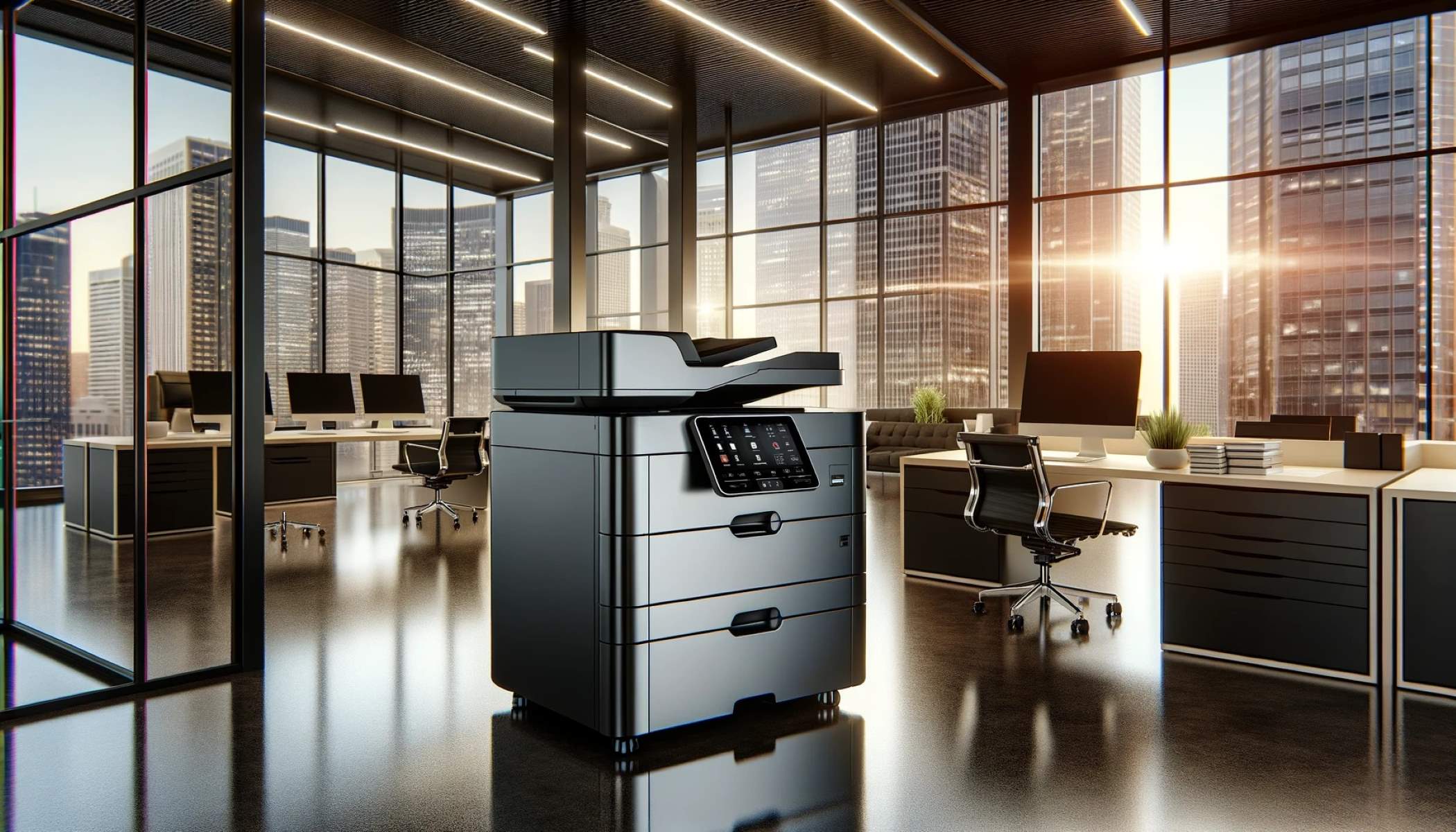
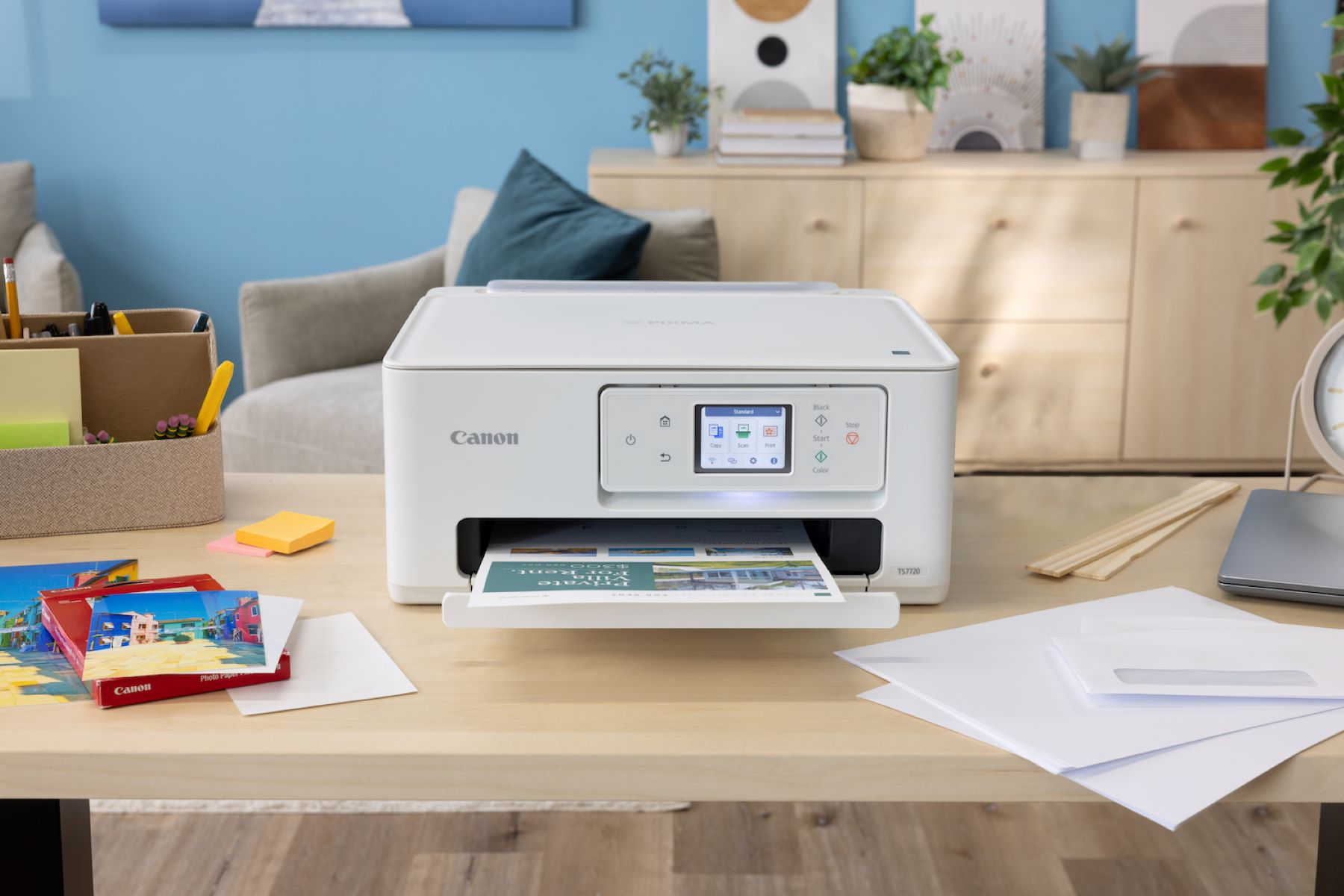
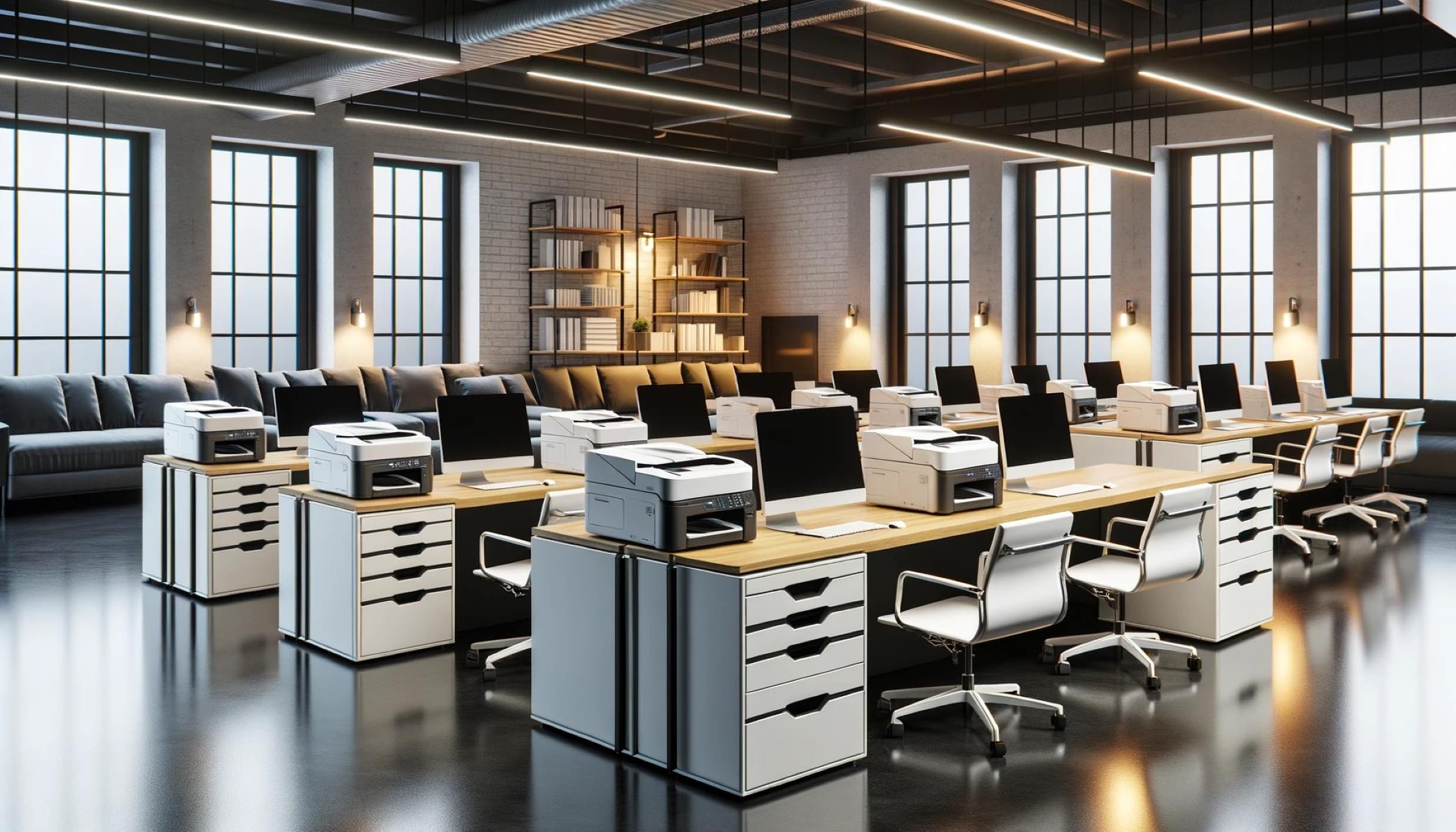
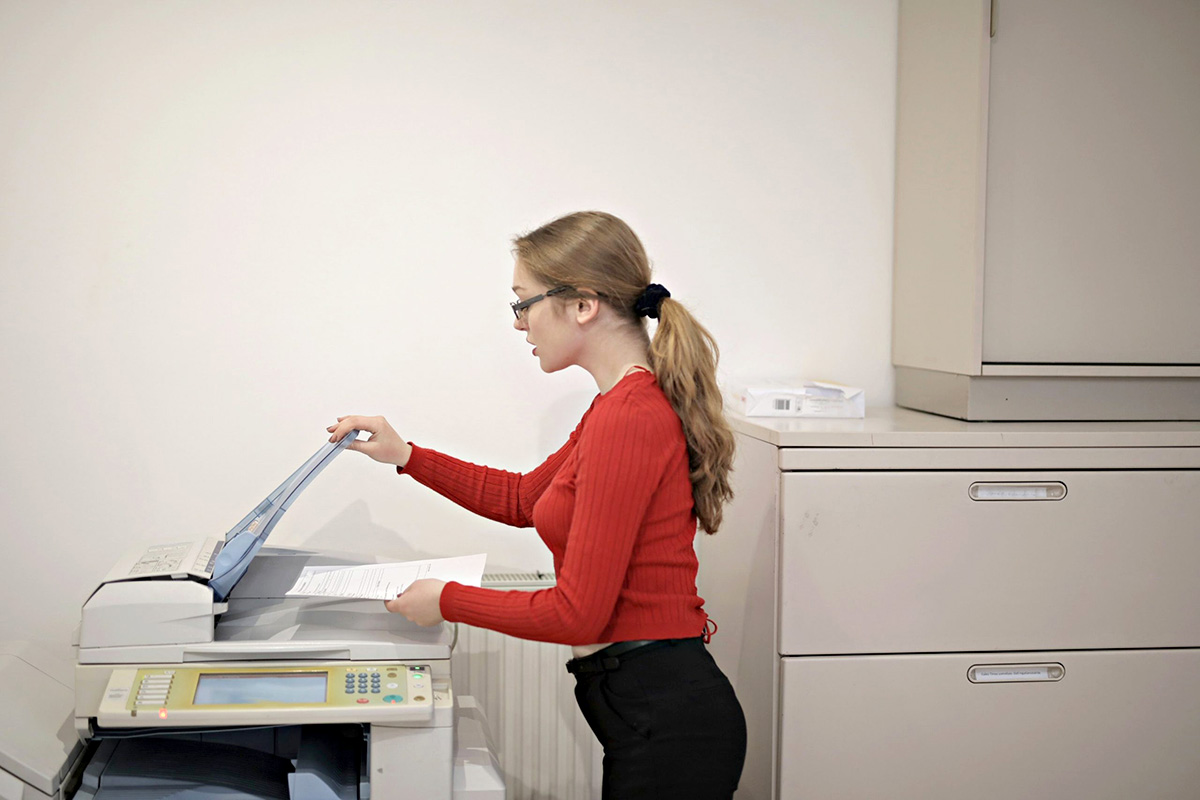
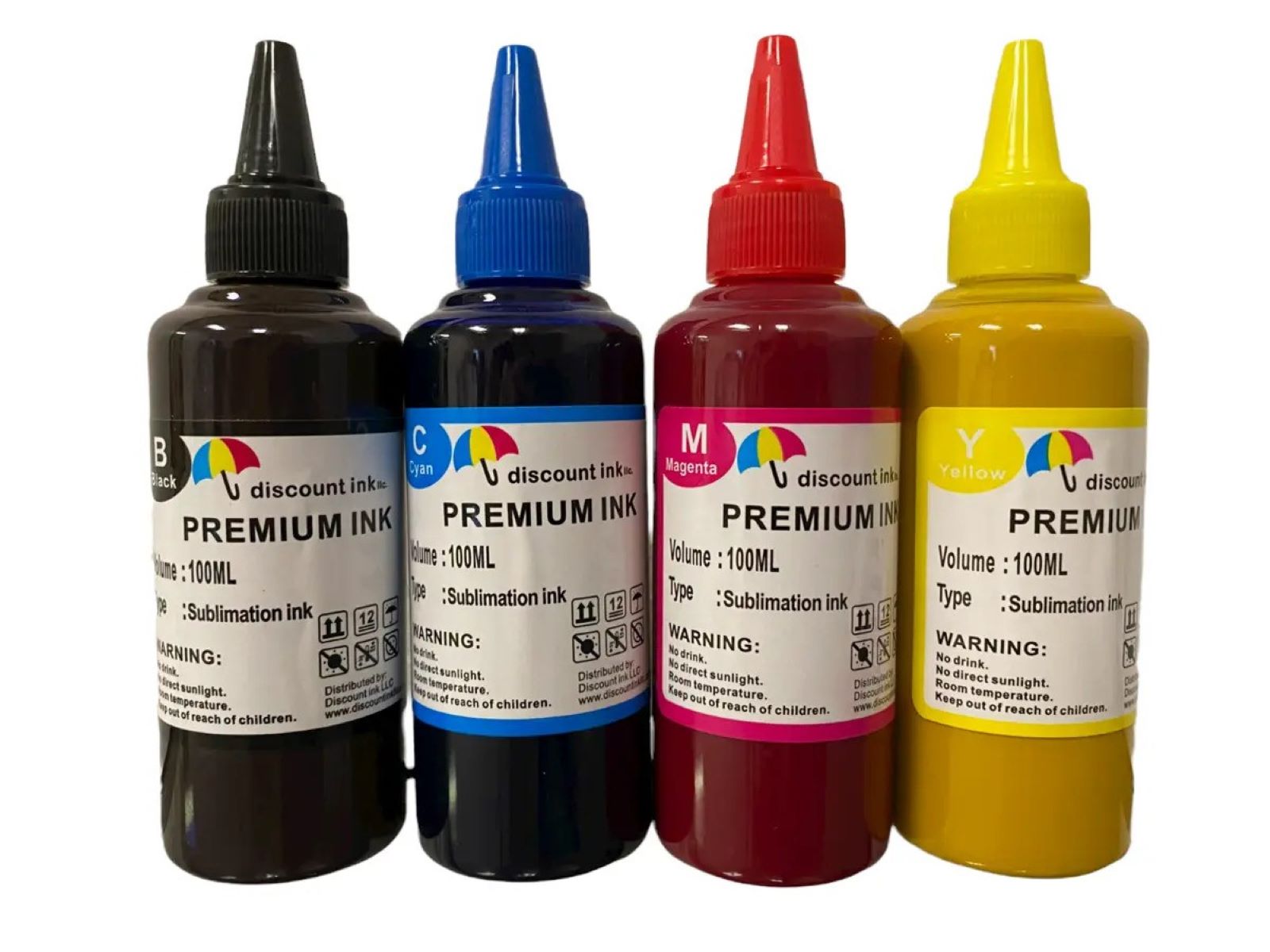
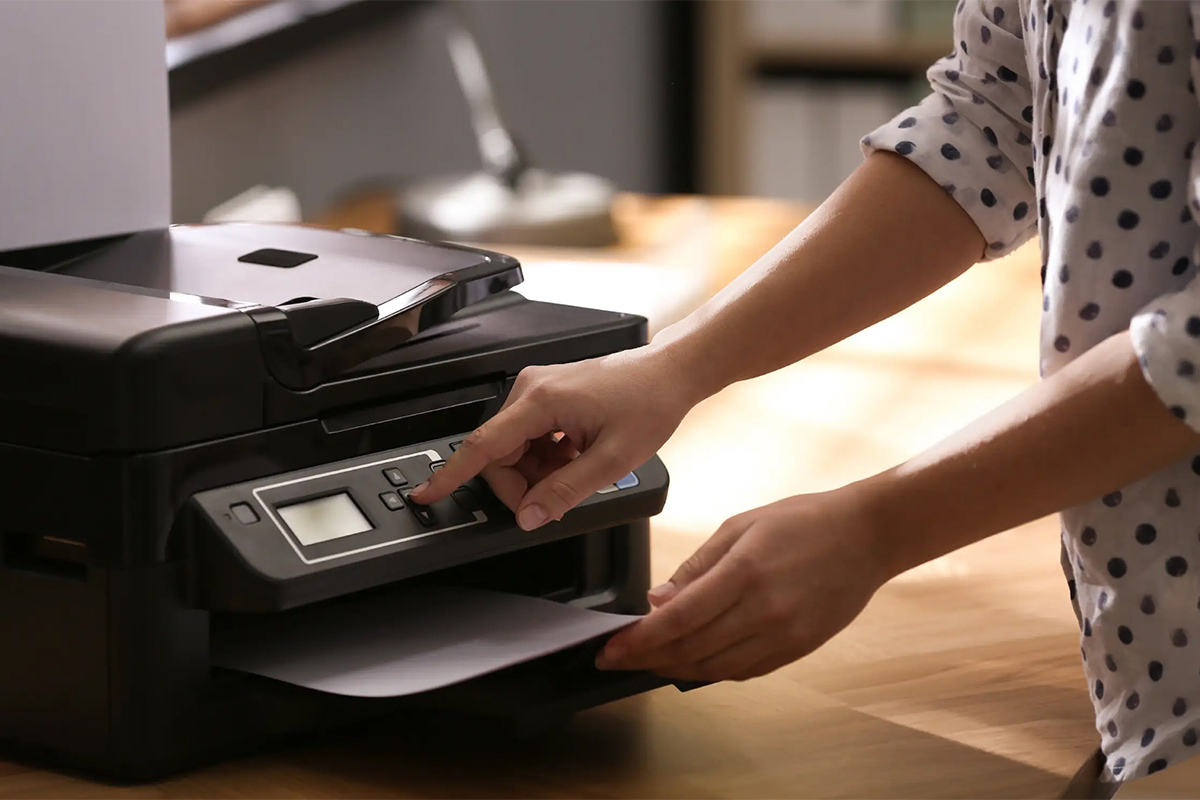
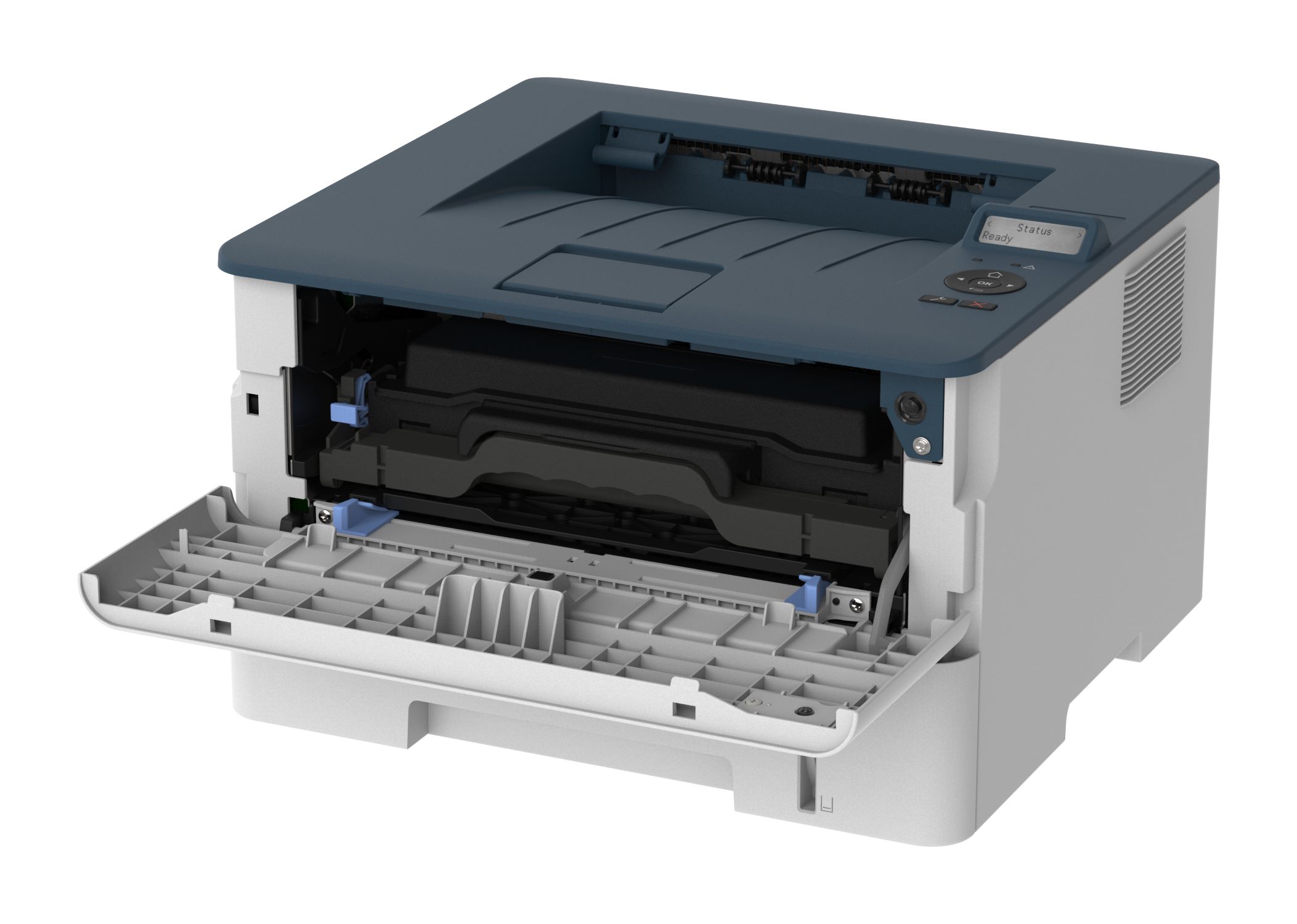
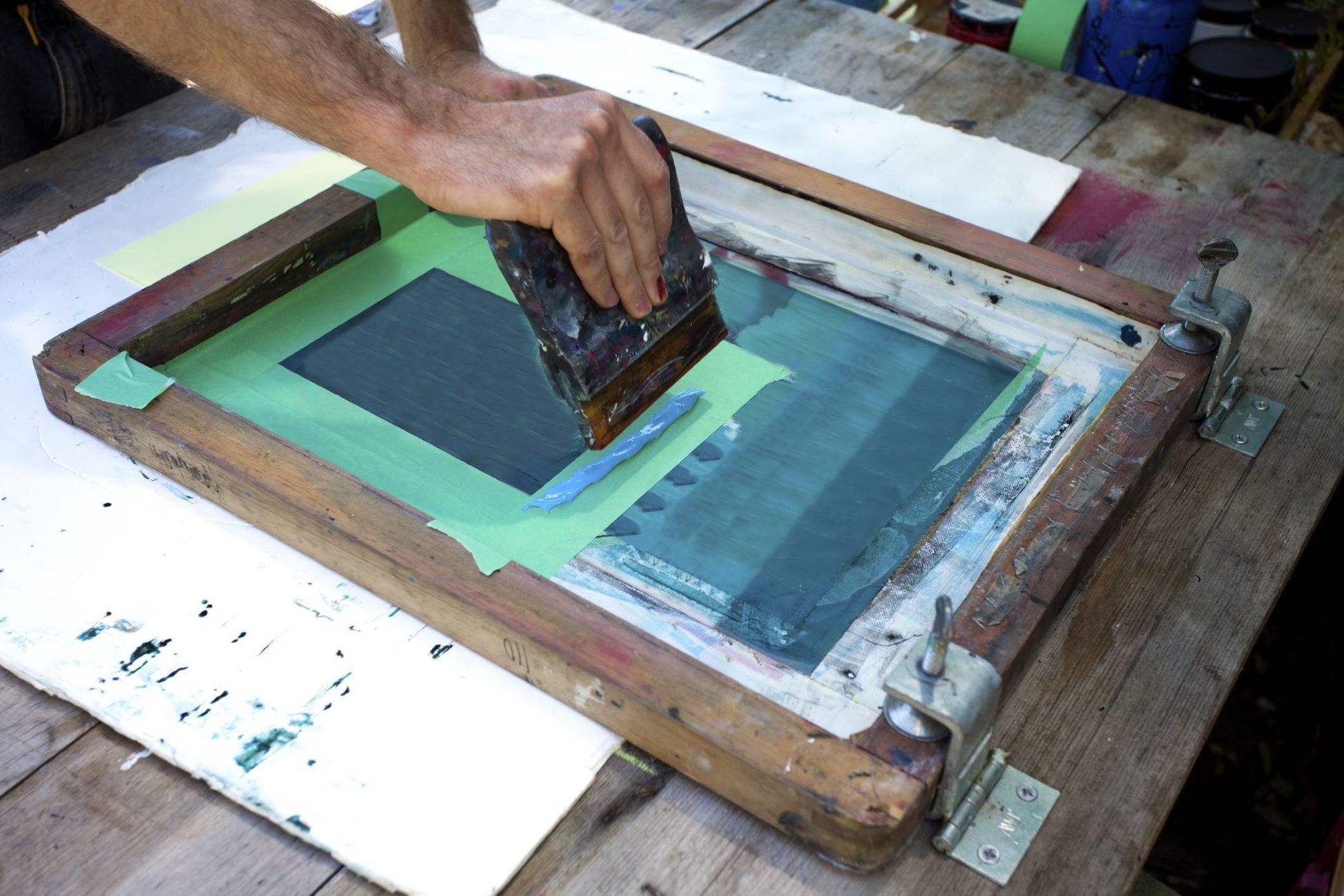
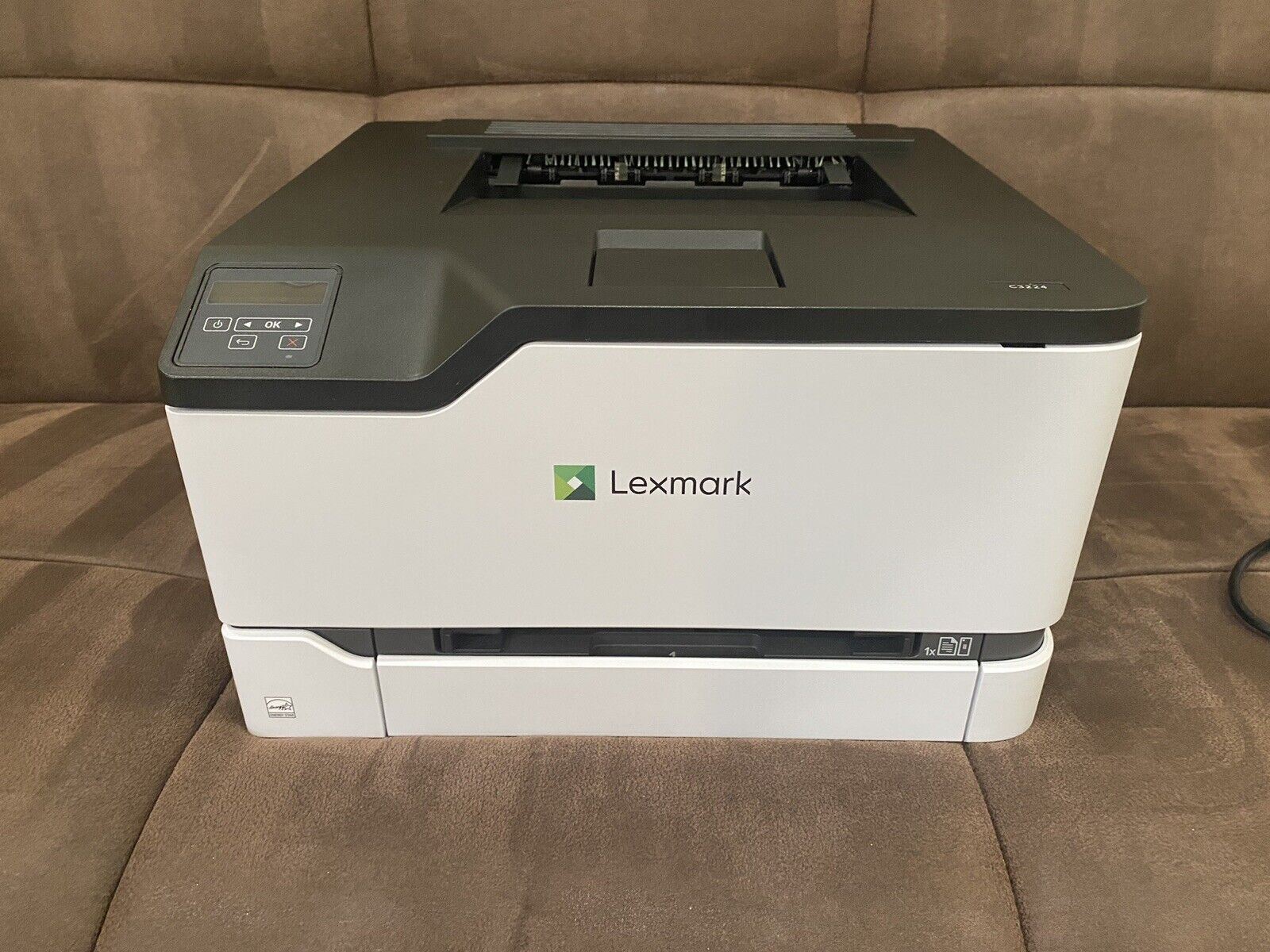
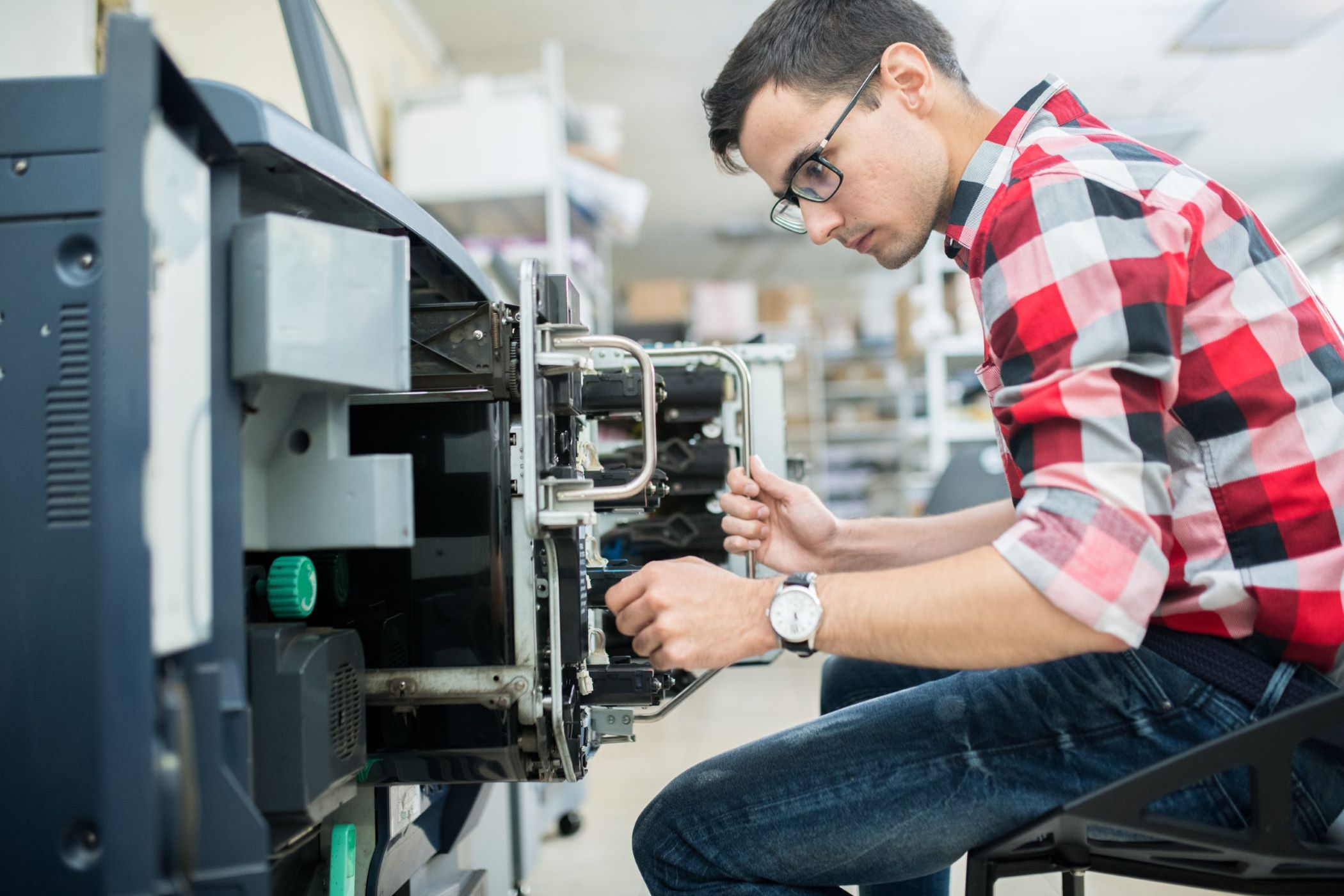
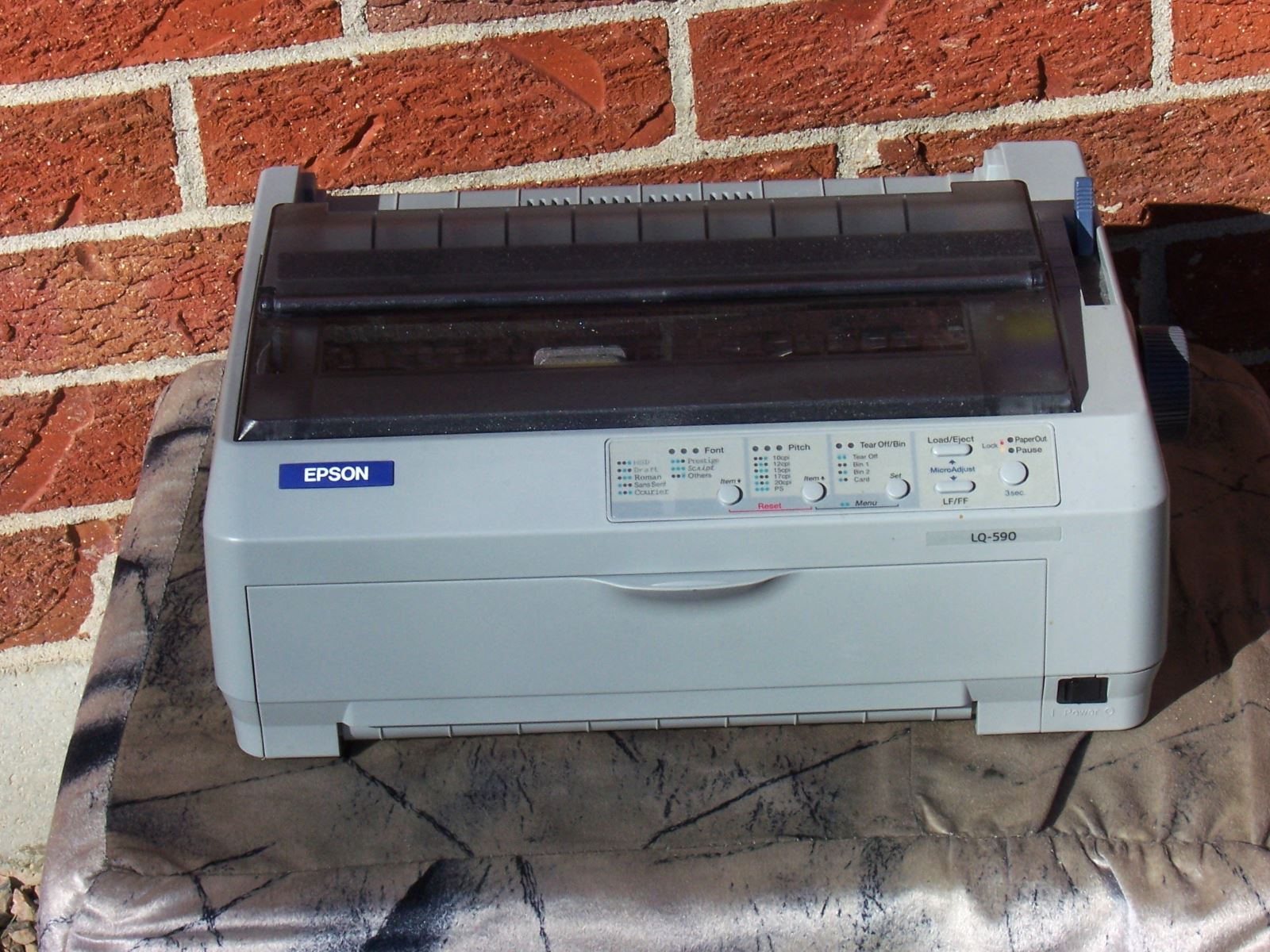
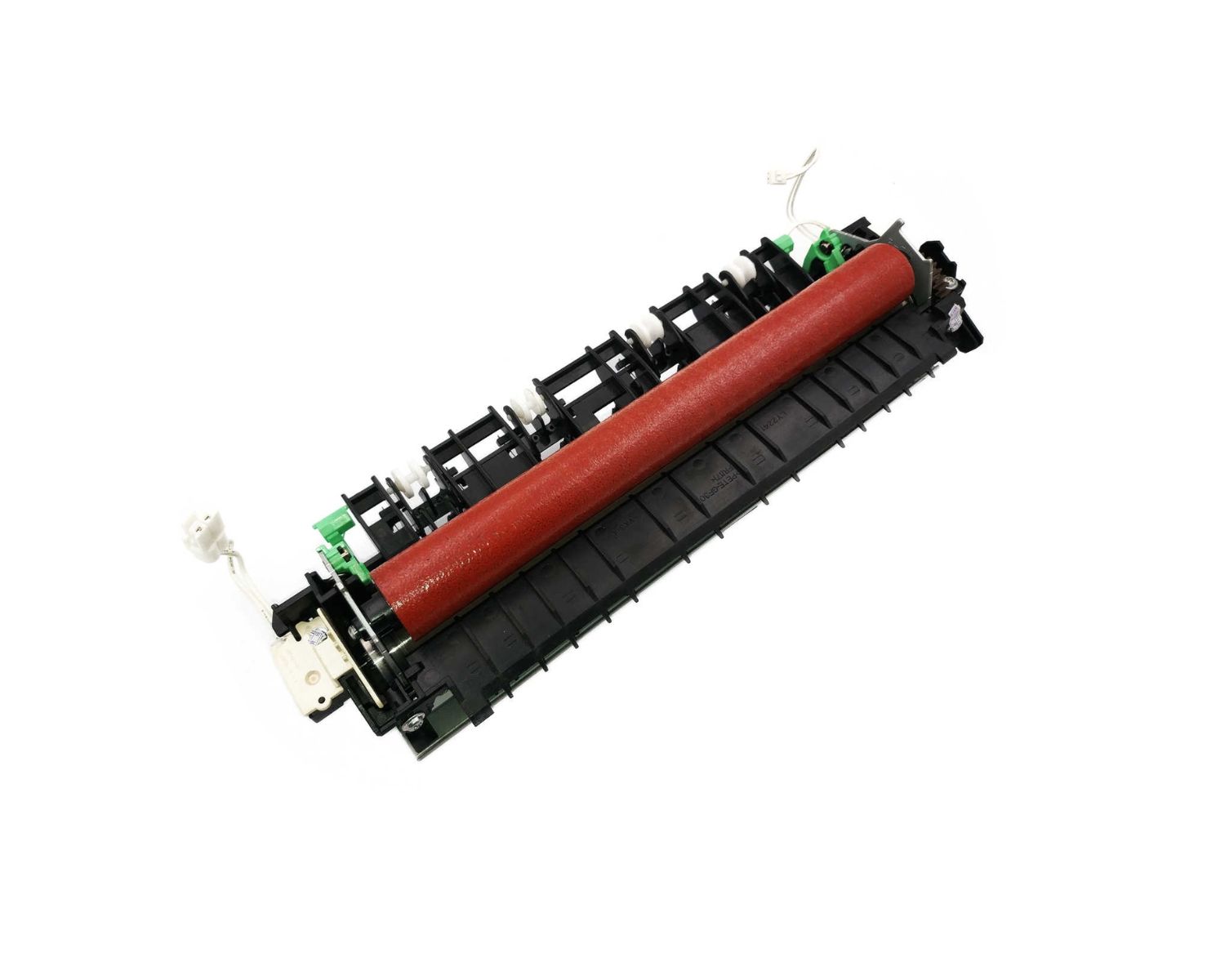
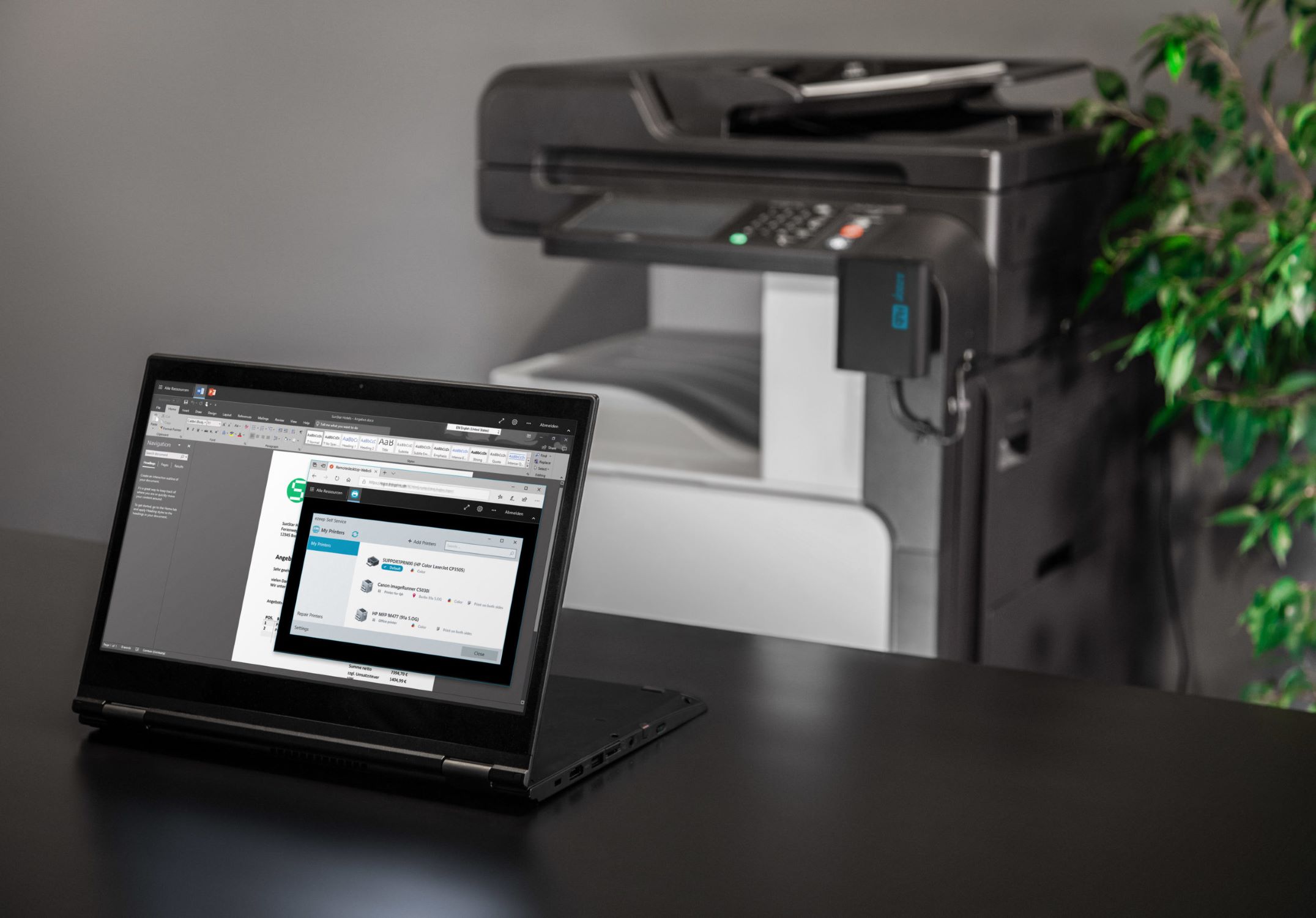
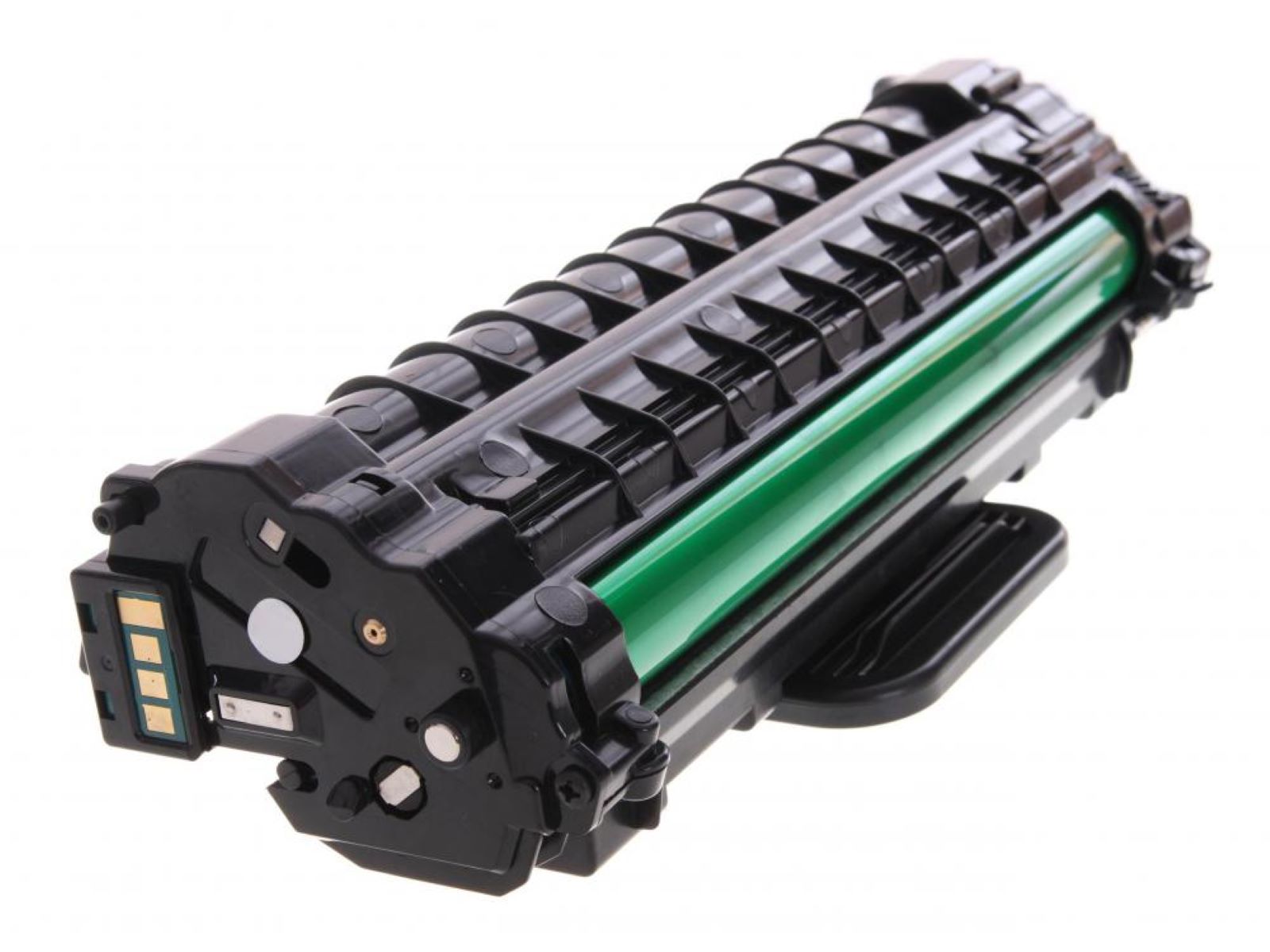

0 thoughts on “What Is A Plotter Printer”